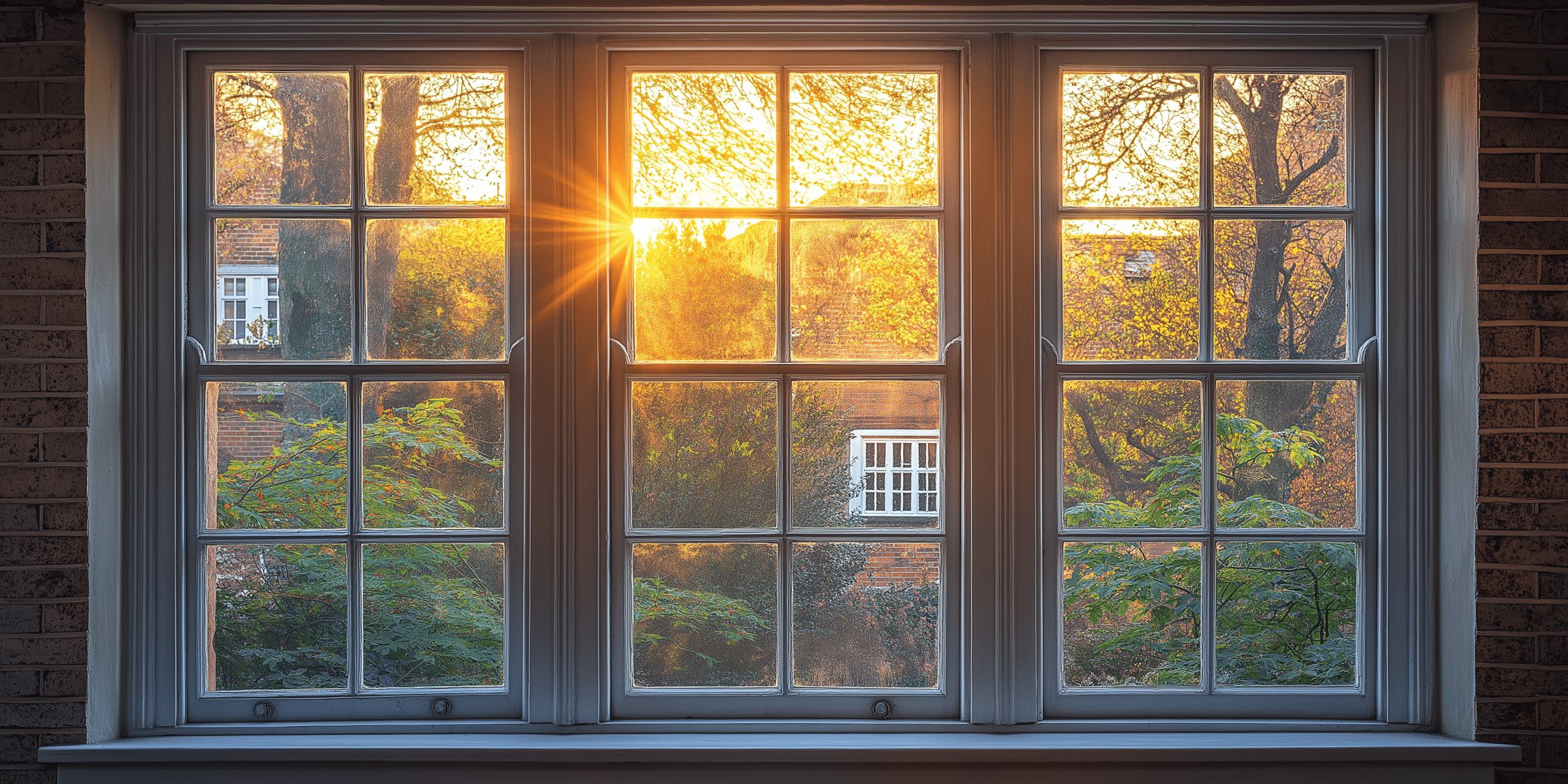Understanding the Sash Window Pressure Plate

The sash window pressure plate is a crucial component that plays a pivotal role in maintaining the smooth operation of a sash window. Located within the window frame, this plate works in conjunction with counterweights, sash cords, and other balance mechanisms to ensure effortless vertical movement.
Over time, continuous use can lead to wear and tear, resulting in misalignment or inefficient window operation. A worn or damaged pressure plate might make opening and closing the sash difficult or even lead to uneven weight distribution. Typical signs include a window that sticks, requires excessive force to lift, or fails to stay open. These issues could also cause further strain on the sash components, leading to additional damage if left unchecked.
Proper balance mechanisms are critical in sash windows for smooth operation and reduced wear and tear. Furthermore, research shows that properly maintained sash windows can reduce up to 63% of heat loss through components like pressure plates and glazing.
How Does a Pressure Plate Affect Sash Window Efficiency?
The sash window pressure plate does more than facilitate smooth movement; it also plays an important role in your home’s energy efficiency. When the pressure plate wears out, it can cause the sash to misalign, resulting in gaps that allow air infiltration. This loss of insulation can lead to draughts, reduced thermal performance, and higher heating bills—issues especially relevant in older properties with historical sash windows.
If you live in a Victorian or Georgian-era home, maintaining the pressure plate is even more critical, as period properties often face more challenges with insulation. Experts at This Old House stress that proper sash balancers and components like the pressure plate are essential to maintaining historical accuracy while improving energy efficiency.
A properly functioning pressure plate, along with modern upgrades like draught-proofing and secondary glazing, can reduce heat loss by up to 63%, significantly lowering energy bills and enhancing home comfort.
Trusted Pressure Plate Brands and Standards
Choosing parts from reputable brands that comply with UK building regulations is essential when replacing or upgrading your sash window pressure plate. Established companies like Anglian Windows, Everest, and Pilkington offer high-quality, durable pressure plates that meet modern standards, ensuring long-lasting performance. These products often comply with BS EN 14351—the British Standard governing window and door performance, mainly focusing on energy efficiency, weather resistance, and safety.
Choosing the right materials can also significantly affect longevity. Aluminium and galvanised steel pressure plates, known for their durability, are highly recommended for their resistance to environmental factors, as noted by sash window specialists. Experts agree that using modern, certified pressure plates ensures compliance with energy standards and extends the life of your sash windows.
Improving the Lifespan of Sash Windows Through Pressure Plate Maintenance

Maintaining the pressure plates in sash windows is critical for prolonging their lifespan, especially in older properties with period features. Experts highlight that refurbishing old double-hung windows can take up to 20 hours but offers significant savings in the long run, especially when pressure plates and balance systems are adequately maintained. This maintenance includes checking for wear, corrosion, and misalignment, which are common issues affecting sash windows’ performance over time.
Ensuring that sash window cords and pressure plates are in good condition is essential for smooth operation and reducing unnecessary strain on the frame and other components. Regular lubrication of the pressure plate can extend the life of the sash windows, especially in areas prone to extreme weather conditions.
signs That Your Sash Window Pressure Plate Needs Replacement
Over time, sash window pressure plates may wear out or become damaged, leading to several operational problems. Some of the most common signs include difficulty opening or closing the window, uneven or unbalanced movement, and frames that show signs of stress, such as cracks or warping.
It’s essential to look out for changes in the window’s movement and any unusual noises that could indicate strain on the balance system. By addressing these issues early, you can prevent more significant damage to the sash windows, particularly in historical properties where original materials are difficult to replace.
How to Replace a Sash Window Pressure Plate
If you’re wondering how to replace a sash window pressure plate, the process can be straightforward for experienced DIYers. Replacing a pressure plate can restore the smooth operation of your sash windows, but what happens if you install the plate incorrectly? An improperly installed pressure plate may lead to misalignment or an even worse performance than before.
Experts advise ensuring sash window cords are correctly measured and tightly knotted for heavy weights, preventing future issues with balance and smooth operation. If the pressure plate is installed improperly, not only could the window performance degrade, but it may also damage other sash components.
Best Practices for Sash Window Pressure Plate Maintenance

Maintaining a sash window pressure plate preserves the smooth operation of your windows and enhances their energy efficiency and durability. Regular inspection, cleaning, and lubrication are key. A well-maintained pressure plate ensures the sash window operates with minimal friction, reducing the wear and tear on other components like cords and counterweights.
Homeowners should inspect pressure plates at least twice a year, particularly after heavy weather seasons. Non-corrosive, water-resistant lubricants are ideal to prevent rust and maintain the pressure plate’s mobility. This is especially important for older sash windows, where replacement parts may not be readily available.
How Sash Window Pressure Plates Affect Home Energy Ratings
Pressure plates are often overlooked in discussions of window energy efficiency, but they play a critical role in ensuring a tight seal and smooth operation. By keeping the window properly aligned, the pressure plate ensures that no air gaps could lead to draughts and heat loss, significantly impacting the window’s U-value and the home’s overall energy efficiency.
Improperly aligned pressure plates can result in heat loss of up to 25% through a single window. This is even more pronounced for older homes, where maintaining original sash windows with modern upgrades, such as pressure plate replacements, can drastically reduce energy bills. The window may not close properly, allowing cold air to enter and warm air to escape, reducing the home’s thermal performance.
Final Thoughts on Sash Window Pressure Plates
Maintaining and replacing your sash window pressure plate is essential for ensuring smooth operation, maintaining energy efficiency, and preserving your home’s overall value. Regular inspection can help identify issues before they escalate, and upgrading to modern pressure plates can improve your home’s energy rating while retaining the historical appeal of period properties.
Proper maintenance of pressure plates and balance mechanisms can enhance the value of older homes while ensuring that the windows remain functional and visually appealing. Additionally, professional services can further improve the longevity and security of your sash windows by using certified products that are compliant with UK standards.




